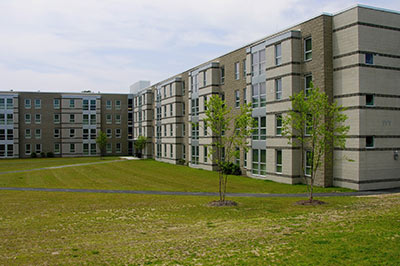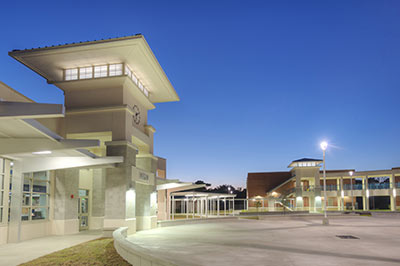Dr. Michael Bishop, 2015.
“We shape our buildings: thereafter, they shape us.” – Sir Winston Churchill
Every educator has experiences that shape his or her personal and professional opinions about the profession of teaching: the ways in which students learn as well as the optimal conditions that enhance student achievement. As an educator, who worked in both older and brand new facilities, there is a perceptible difference in feeling among students and staff in a new building compared to that noted in an older building. Having worked in three brand new high schools in the Commonwealth of Virginia since 1993, as well as two older high schools, the people working in a new building appear happier, students in a new school generally are on their best behavior, and achievement in a new building can be improved markedly.
The author’s first visit to a new high school (1993) in which he would be employed as an educator resulted in a sense of awe and wonderment at the facility and its design and layout. Similar experiences followed in 2003 and 2006: first as an educator at a new school and then as a member of the administrative team that opened a new high school. In 2010, as the planning principal of Patriot High School located in Nokesville, VA, the opportunity to implement some of the design ideology about furniture, classroom layouts, and student and staff interactions with technology were realized.
Patriot High School was designed by Moseley Architects of Richmond, VA and was designed to hold 2,053 students. Currently, there are 2,750 students enrolled, but that is another story. When I was named as the principal, the enormity of my work was not clear at the time; and in some cases, I had to learn as I went. I had ideas about classroom furniture, technology in the classroom, and the type of staff members I wanted to hire. What I was not prepared for was the process to procure those items, the process to secure their delivery and installation, and the multitude of information that was going to be presented about which I had to make a decision. Things such as the school logo, mascot, school colors, cafeteria furniture, classroom computers and technology, as well as office furniture, file cabinets, and landscaping were all decisions in which I was to be involved.
View White Paper




